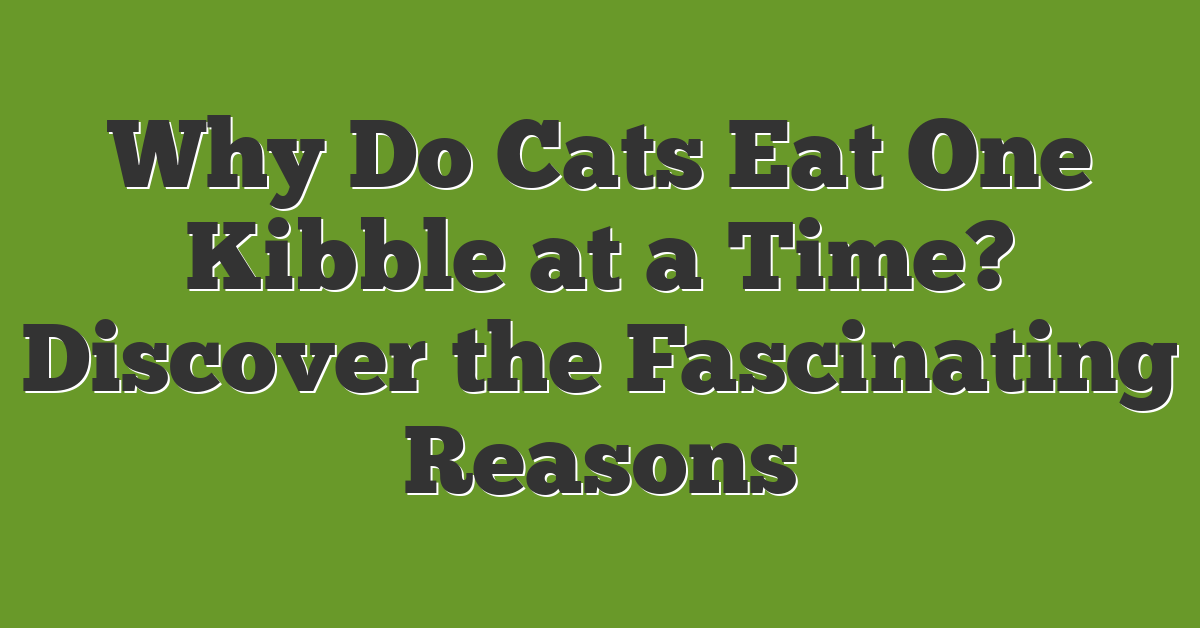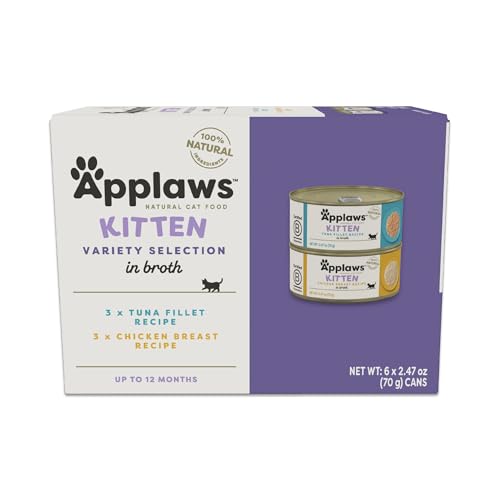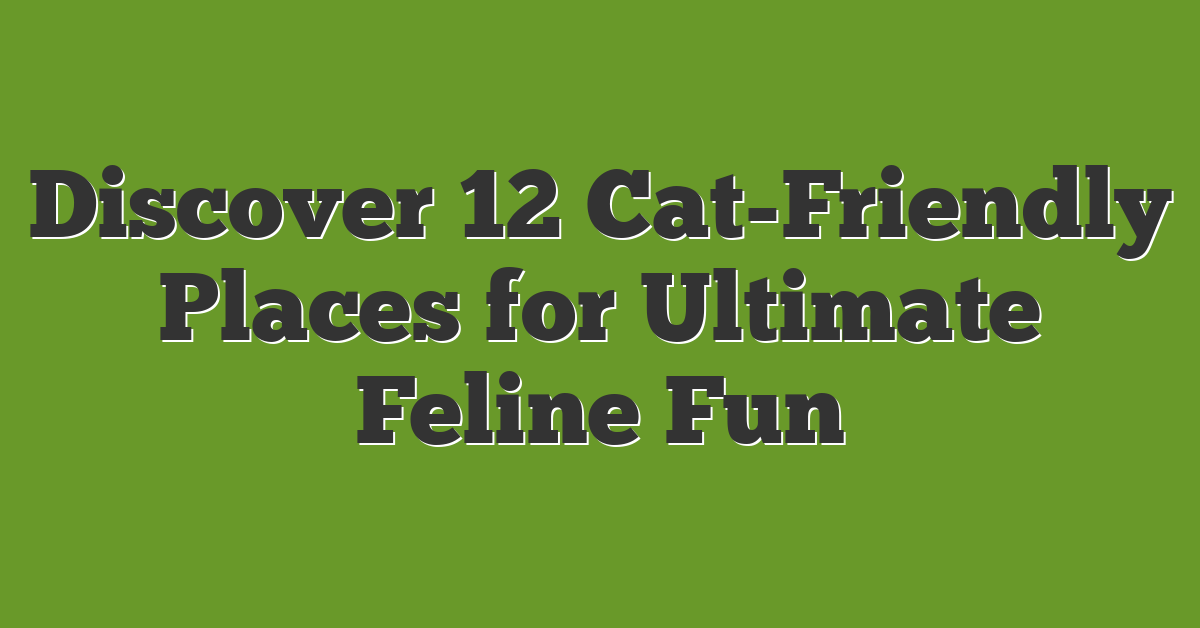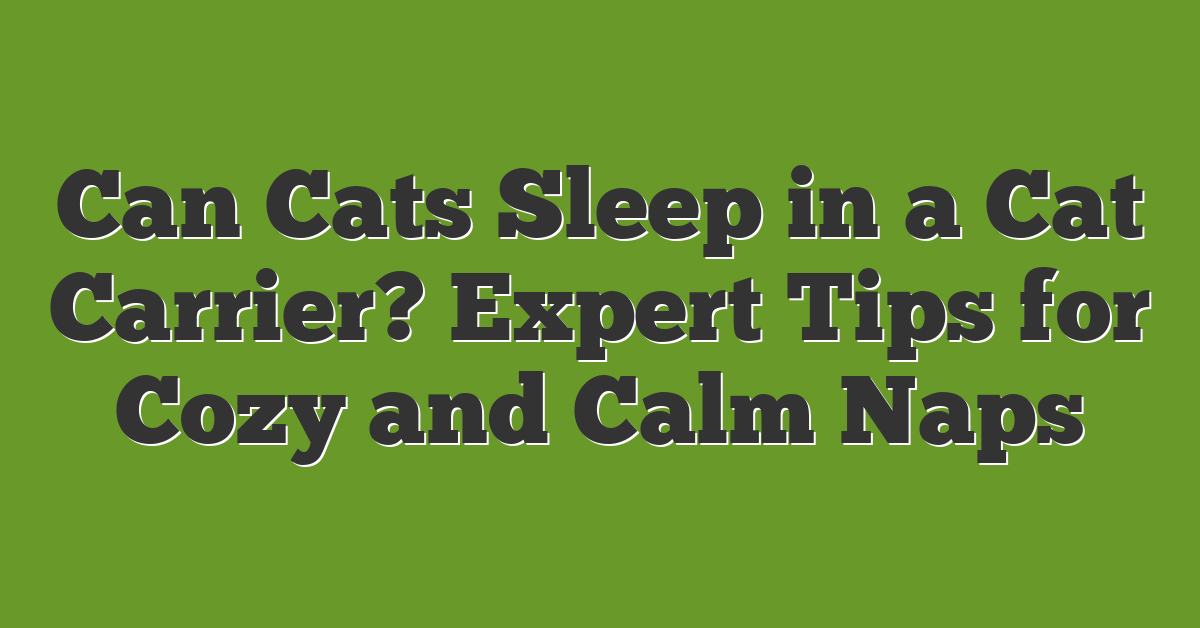The Curious Eating Habits of Cats
You may have noticed something intriguing when it comes to feeding your feline friend. Cats have this strange habit of eating one kibble at a time, rather than devouring their food in one go. But why do they do this? Let’s dive into the curious eating habits of cats to understand their unique behavior.
Attention to Detail
Cats are natural-born hunters, and their eating habits reflect this instinct. When they approach their food bowl, they carefully inspect each kibble before selecting one. It’s as if they are analyzing every piece to make sure it meets their standards. With their keen sense of smell and sharp eyesight, they are able to detect any irregularities or spoilage.
Paws or Mouth?
Another interesting aspect of a cat’s eating style is how they pick up their food. Some cats use their paws to grab a kibble, like a little hand, before bringing it to their mouth. This action not only engages their hunting instincts but also provides a sense of control over their meal. Other cats prefer to directly take the kibble into their mouth, nibbling it with precision and concentration.
Savoring Every Bite
Once they have their chosen kibble in their possession, cats take their time to eat it. They savor each bite, relishing the flavors and textures in their mouth. This deliberate approach to eating may stem from their ancestral roots, where wild cats had to make the most out of each meal to survive. It’s like they are indulging in the experience of eating, fully immersing themselves in the taste and smell of their food.
So why do cats eat one kibble at a time? It appears that their unique eating habits stem from their instinctual behaviors as hunters. By carefully selecting each piece, using their paws or mouth to grab it, and savoring every bite, cats are simply following their feline nature. Next time you see your cat eating in this methodical manner, remember that it’s their way of connecting with their inner hunter and enjoying their meal to the fullest.
Remember, cats are fascinating creatures with many quirks and eccentricities. Their eating habits are just one of the many intriguing aspects of their behavior.
The Slow and Methodical Approach
When it comes to mealtime, cats have a unique way of eating that sets them apart from other animals. You may have noticed that your furry friend takes their time, carefully inspecting each kibble before making their selection. It’s almost as if they’re conducting a taste test!
Cats have incredibly sharp senses, which play a big role in their eating habits. Their keen sense of smell allows them to detect even the slightest odor of spoilage or irregularities in their food. Their sharp eyesight helps them spot any abnormalities, ensuring they only choose the best kibble.
Not only do cats take their time to carefully examine each piece of kibble, but they also engage their hunting instincts while doing so. They may use their paws or mouth to pick up the kibble, mimicking the actions of catching prey. This gives them a sense of control over their meal, tapping into their innate hunting behavior.
You might wonder why cats don’t just gobble up their food in one go like some other animals. Well, it turns out that this slow and methodical approach is deeply rooted in their instincts. In the wild, cats had to make the most out of each meal to survive. They couldn’t afford to waste energy or overlook any potential dangers in their food.
By savoring each bite, cats are able to fully enjoy their meal and ensure that they’re getting the most nutrition out of it. It’s like they’re reconnecting with their inner hunter, relishing in the satisfaction of a successful “hunt”.
So, the next time you see your cat carefully selecting one kibble at a time, take a moment to appreciate their unique eating habits. It’s a reminder of their wild ancestry and a testament to their instinctual behaviors as hunters.
| Important Facts |
|---|
| Mention of abnormality detection |
| Mention of hunting instincts |
| Explain the reason behind slow and methodical approach |
| Highlight the connection to their wild ancestry |
| Include a fun fact about cat taste buds |
The Importance of Sensory Stimulation
As a cat lover, you may have noticed that your feline friend has a unique way of eating – one kibble at a time. Have you ever wondered why they do this? Well, let’s dive into the fascinating world of a cat’s senses to understand the importance of sensory stimulation during mealtime.
Cats rely heavily on their senses of smell and sight. When they approach their food bowl, their keen sense of smell allows them to assess the aroma of each kibble. By inspecting each piece individually, they can detect any irregularities or spoilage. This meticulous examination ensures that they are consuming safe and tasty food.
By eating one kibble at a time, cats also engage their hunting instincts. In the wild, cats must make the most out of each meal to survive. Their slow and methodical approach to eating is deeply rooted in their ancestral instincts. By using their paws or mouth to pick up each kibble, they simulate the feeling of capturing prey, giving them a sense of control over their meal.
Moreover, this slow eating style provides cats with an opportunity for mental and physical stimulation. By savoring each bite, they can fully enjoy their meal and connect with their inner hunter. This process also helps prevent overeating, as it allows for a better sense of satiety.
As a responsible cat owner, you can support your furry friend’s natural instinct for sensory stimulation during mealtime. Here are a few tips to enhance their dining experience:
- Provide interactive feeding toys or puzzle feeders that require your cat to work for their food. This helps stimulate their hunting instincts and promotes mental stimulation.
- Offer a variety of textures and flavors in your cat’s diet. This can add excitement and novelty to their meals, keeping them engaged.
- Ensure that your cat’s food is fresh and appealing. Cats are selective eaters, so making sure their food is palatable will encourage them to eat each kibble with enthusiasm.
Understanding and appreciating your cat’s unique eating habits can deepen your bond with them. So, the next time you watch your feline friend delicately pick up one kibble at a time, you’ll know that they are not just eating – they are engaging in a sensory-rich mealtime experience.
Proactive Hunting Behavior
When it comes to mealtime, cats have a unique way of enjoying their food. Have you ever wondered why your cat eats one kibble at a time? This slow and methodical approach is actually rooted in their proactive hunting behavior. Let’s explore this fascinating aspect of our feline friends!
Cats are natural hunters, and even though they may not need to hunt for their meals anymore, their instincts remain strong. By eating one kibble at a time, your cat is tapping into their inner hunter. This behavior allows them to connect with their hunting instincts and engage both their mind and body during mealtime.
By thoroughly inspecting each kibble before selecting it, your cat is using their sharp senses of smell and sight to detect any irregularities or spoilage. This heightened sensory awareness is another way they stay in tune with their hunting instincts. It’s a way for them to ensure they’re consuming only the best and safest portion of their meal.
Picking up each kibble with their paws or mouth also emulates the act of capturing prey. This helps give your cat a sense of control over their food, just like they would have in the wild. By taking it one kibble at a time, they are savoring each bite and truly enjoying their meal.
This proactive hunting behavior is not only instinctual but also mentally and physically stimulating for your cat. By engaging their senses and focusing on the task at hand, they are getting much-needed mental stimulation during mealtime. This can contribute to their overall well-being and help prevent boredom.
As a cat lover and enthusiast, it’s important to understand and appreciate this unique aspect of our cat’s behavior. By providing them with a mealtime experience that taps into their hunting instincts, we can deepen our bond with them and ensure they are mentally and physically satisfied.
- Cats eat one kibble at a time due to their proactive hunting behavior.
- Thoroughly inspecting each kibble allows them to detect irregularities.
- Picking up kibble with their paws or mouth emulates capturing prey.
- This behavior provides mental and physical stimulation for cats.
- Enhancing their mealtime experience can deepen the bond with your cat.
Now that we’ve explored the fascinating proactive hunting behavior of cats, let’s dive into the importance of sensory stimulation during mealtime and discover some tips to enhance your cat’s dining experience.
Possible Health Benefits
As a cat lover, you may wonder why cats eat one kibble at a time. Not only does this behavior tap into their hunting instincts, but it also offers possible health benefits for your furry friend. Here’s why:
- Portion Control: When cats eat one kibble at a time, it helps them regulate their food intake. By carefully inspecting and savoring each piece, they can better gauge their level of hunger and consume an appropriate amount of food, preventing overeating and potential weight gain.
- Improved Digestion: By taking their time to chew each kibble, cats can enhance their digestion process. Thoroughly chewing their food allows for better nutrient absorption, ensuring that their bodies can extract all the necessary vitamins and minerals from their diet.
- Reduced Risk of Choking: Eating one kibble at a time minimizes the chances of your cat choking on their food. Cats have a sensitive gag reflex, and by taking smaller mouthfuls, they can avoid any obstruction in their throat and prevent potential health hazards.
- Mental Stimulation: The act of carefully selecting and capturing each kibble provides mental stimulation for your feline friend. It engages their hunting instincts and keeps their minds sharp, which is essential for their overall well-being.
- Prevention of Food Spoilage: Cats have a keen sense of smell, and by examining each kibble before eating it, they can detect any signs of spoilage or irregularities. This behavior is their way of ensuring they consume fresh and safe food, safeguarding against potential digestive issues.
Now that you know the possible health benefits of this unique eating behavior, you can appreciate how it contributes to your cat’s overall well-being. By allowing them to express their natural instincts and providing them with mental stimulation, you deepen the bond between you and your feline companion.
Conclusion
Now you know why your cat eats one kibble at a time. This behavior is a result of their proactive hunting nature, which helps them stay connected to their instincts and keeps their mind and body active during mealtime. By eating one kibble at a time, your cat receives mental and physical stimulation, contributing to their overall well-being.
Not only does this behavior offer stimulation, but it also provides potential health benefits. Eating one kibble at a time allows for portion control, improved digestion, and reduces the risk of choking. It also provides mental stimulation and prevents food spoilage.
By allowing your cat to express their natural instincts and providing them with mental stimulation, you are deepening the bond between you and your furry friend. So, the next time you see your cat eating one kibble at a time, remember that they are simply following their instincts and enjoying the benefits it brings to their health and happiness.
Frequently Asked Questions
Why do cats eat one kibble at a time?
Cats eat one kibble at a time due to their proactive hunting behavior. This allows them to connect with their instincts, engage their mind and body, and contribute to their overall well-being.
What are the benefits of eating one kibble at a time?
Eating one kibble at a time offers possible benefits such as portion control, improved digestion, reduced risk of choking, mental stimulation, and prevention of food spoilage.
How does eating one kibble at a time deepen the bond between cats and their owners?
By allowing cats to express their natural instincts and providing them with mental stimulation, the bond between cat and owner can be deepened.

















